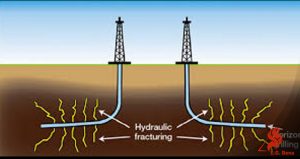New Technologies in Oil & Gas Production Industry
New technologies in the oil and natural gas sectors have enabled the explosion of production growth and will be needed soon in many oil producing countries. A combination of hydraulic fracturing and horizontal drilling allows producers to access reserves of oil and gas from low-permeability geological formations that were previously too expensive to extract. Other significant new production technologies include tar sands and deep-water drilling.

Renewable Energies
There are plenty of opportunities to extend the usage of renewable energies in the Middle East countries. Wind, solar, and hydroelectricity are three emerging renewable sources of energy. Rapid deployment of renewable energy and energy efficiency, and technological diversification of energy sources, would result in significant energy security and economic benefits in addition to environmental benefits.

Smart Energy Management
Organizations of all sizes are now recognizing the need for energy efficiency. The solution enables clients to measure their different parts that gather information on where, when, and how much energy their organization is using.
Monitoring energy usage is becoming increasingly important for organizations to understand where they can reduce loads to lower their costs and to reduce their energy consumption.
We will face an increasing tendency to these solutions in Middle East countries as the fossil fuels will experience a decline in coming years.

Digital and Data Technologies in Oil & Gas Industry
As the world becomes more receptive to the advantages of big data, the oil industry does not seem to be far behind. If the huge amount of data is just stored, then it has little worth and so, for it to be useful, it has to be identified, aggregated, stored, analyzed and perfected. The ability to access and draw rich insights from large data sets can make the oil industry more profitable and efficient. A successful oil company will quickly forecast the potential information and keep costs low to actualize its success without losing any discrepancy in the evaluation of the data set.


